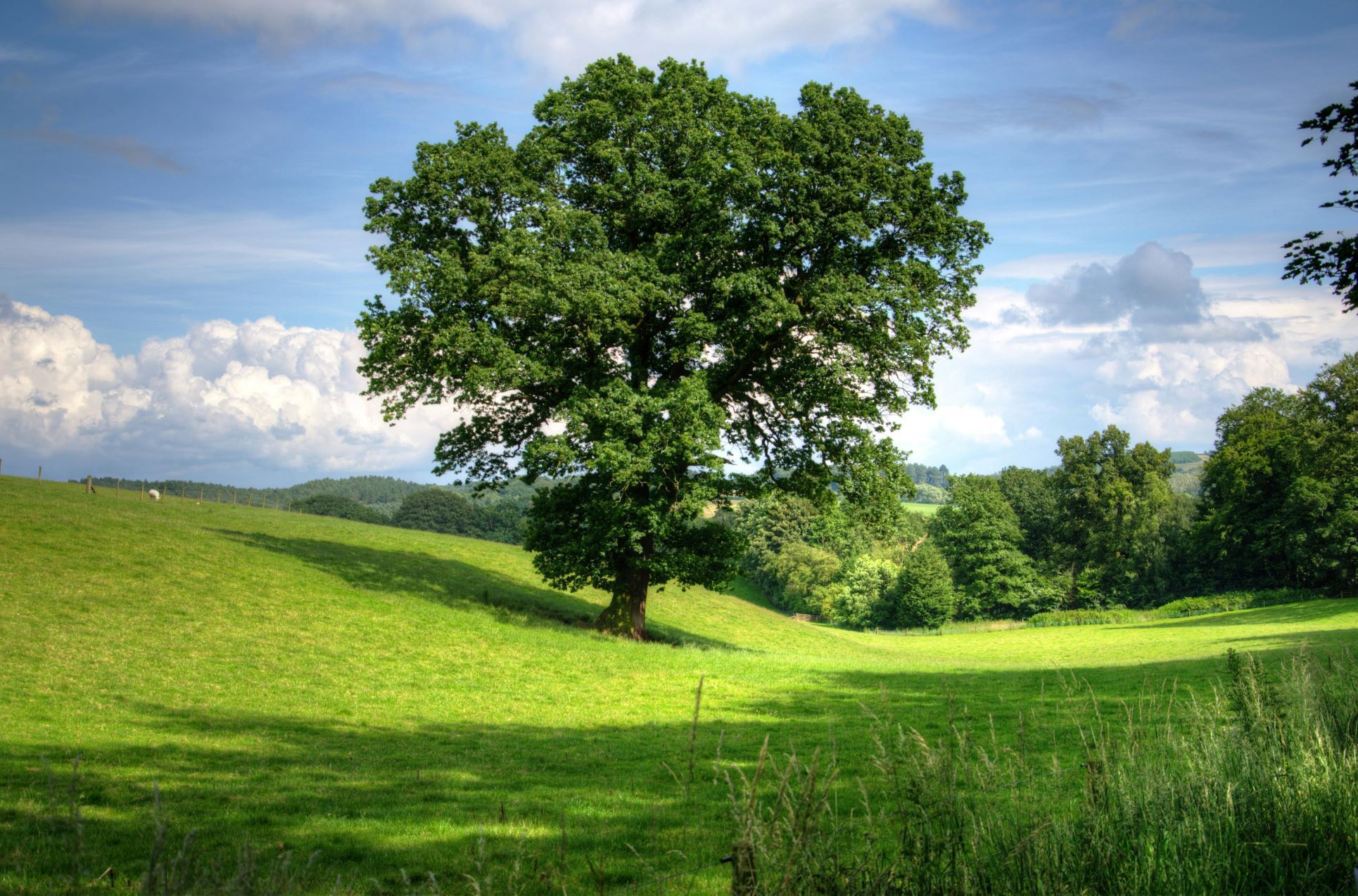
Understanding Tree Preservation Orders (TPOs) When Purchasing Property in Orpington
Understanding Tree Preservation Orders (TPOs) in Orpington: A Complete Guide for Homebuyers
When purchasing a home in Orpington or the surrounding South East London areas, it’s essential to consider every factor that could influence your investment — including the trees on or near the property. While mature trees add beauty, privacy, and value, they can also come with restrictions if they are protected by a Tree Preservation Order (TPO).
Ignoring a TPO can lead to legal, financial, and even structural complications later on. In this guide, Integra Estates explains everything you need to know about Tree Preservation Orders, how they can affect your property purchase, and the steps to take when buying a home in Orpington, Bromley, Chislehurst, or Beckenham.
1. What Is a Tree Preservation Order (TPO)?
A Tree Preservation Order (TPO) is a legal protection enforced by the local authority — in this case, Bromley Council — to safeguard individual trees, groups of trees, or woodlands that are considered to have significant public or environmental value.
A TPO makes it an offence to cut down, prune, uproot, or damage a protected tree without formal permission from the council.
Why TPOs Matter
Environmental protection: TPOs protect trees that improve air quality, absorb pollution, and support biodiversity.
Aesthetic appeal: Protected trees contribute to the charm and character of neighbourhoods across Orpington and Bickley, often increasing property desirability.
Community preservation: TPOs ensure green spaces and mature trees are maintained for future generations.
Pro Tip: Before carrying out any work or landscaping, contact Bromley Council’s Tree Department to confirm if a tree is protected by a TPO.
2. Legal and Financial Implications of Removing a Protected Tree
Breaching a TPO is a serious offence that can result in heavy penalties and legal consequences.
Possible Consequences
Fines: Cutting down or damaging a protected tree without consent can result in fines of up to £20,000 per tree.
Criminal record: Severe violations can lead to prosecution.
Restoration orders: You may be required to replant the same species — an expensive and time-consuming process.
Impact on Property Value
Unauthorised tree removal can negatively impact a property’s reputation and resale value. Buyers may view the issue as a liability or risk, particularly if legal action is pending.
Pro Tip: Always seek professional advice from a qualified arborist or estate agent before carrying out any tree-related work.
3. How to Check if a Tree Is Protected by a TPO
When buying a home in Orpington, Bromley, or nearby, due diligence is key. Determining whether a property’s trees are protected can help you avoid future complications.
How to Verify TPO Status
Contact Bromley Council: Ask for the Tree Officer to confirm if a TPO applies to the property.
Use online maps: Many councils provide interactive maps showing protected trees.
Ask your solicitor or surveyor: They can identify TPOs during the conveyancing process.
Request seller disclosure: Property owners are legally required to disclose existing TPOs before completing a sale.
Pro Tip: Always include a TPO check as part of your property survey to ensure there are no hidden restrictions that could affect your plans.
4. TPOs and Neighbouring Properties
Even if the trees on your land are not protected, TPOs on neighbouring properties can still affect your homeownership experience.
Common Issues to Consider
Overhanging branches: You cannot cut branches from a TPO-protected tree without council permission — even if they hang over your boundary.
Root systems: Tree roots can extend underground and impact your foundations, driveways, or garden structures.
Shared ownership: In some developments, you may share maintenance responsibilities for protected trees with neighbours.
Pro Tip: Open dialogue with neighbours and the local council can prevent misunderstandings and maintain good relations.
5. Buying a Property with TPO-Protected Trees
Owning a property with protected trees is not a disadvantage — in fact, it can enhance your home’s aesthetic, environmental, and financial value when managed correctly.
Advantages of TPO-Protected Trees
Increased kerb appeal: Mature, healthy trees can make your property more attractive to buyers.
Environmental benefits: Trees provide shade, reduce noise pollution, and improve air quality.
Character and charm: Period homes in Orpington and Chislehurst often feature TPO-protected trees that contribute to the area’s natural beauty.
Homeowner Responsibilities
Seek permission: Any pruning, trimming, or removal requires approval from Bromley Council.
Schedule regular inspections: Hire a professional arborist to monitor the tree’s condition.
Check your insurance: Ensure your home insurance policy covers damage from falling branches or roots.
Pro Tip: Document all correspondence with the council — this protects you in case of disputes or claims.
6. TPOs and Landscaping or Development Plans
If you’re planning to redevelop, extend, or landscape your property, Tree Preservation Orders can impact your design options.
How to Work Around TPOs
Integrate trees into your design: Collaborate with landscape architects to incorporate protected trees into your layout.
Apply for exemptions: If a tree poses a safety hazard or obstructs essential work, councils may grant conditional approval.
Use expert guidance: Engage an arboricultural consultant to ensure all work complies with local regulations.
Pro Tip: Planning permission for developments in Bromley and Orpington often considers tree protection, so factor this into your project timelines.
7. How TPO Awareness Affects Property Buyers in Orpington
Homebuyers in Orpington and Bromley increasingly view well-maintained trees as assets — especially in sought-after residential areas like Bickley, Petts Wood, and Chislehurst.
However, lack of awareness about TPO regulations can cause delays or unexpected costs. Working with an experienced estate agent ensures your purchase is smooth and fully compliant.
At Integra Estates, we help clients understand how TPOs, conservation regulations, and environmental protections may affect their potential property purchase.
Get Expert Local Guidance from Integra Estates
Whether you’re buying your dream home or preparing your property for sale, understanding Tree Preservation Orders is crucial to protecting your investment.
At Integra Estates, we combine local knowledge with expert advice to help you navigate Orpington’s property market confidently. From assessing potential risks to liaising with local authorities, our team ensures every aspect of your transaction is handled with care.
📞 Call: 0203 870 0000
📧 Email: [email protected]
🌐 Visit: www.integra-estates.com
Frequently Asked Questions
1. How can I find out if a tree is protected by a TPO in Orpington?
You can contact Bromley Council’s Tree Department or use their online mapping service to check TPO status before purchasing or carrying out tree work.
2. Can I prune a protected tree myself?
No — all pruning or removal of a TPO-protected tree requires written permission from the council.
3. What happens if I remove a TPO-protected tree without permission?
Unauthorised removal can lead to fines of up to £20,000 per tree and potential legal action.
4. Are protected trees covered by insurance?
Most home insurance policies provide some coverage, but it’s best to confirm that your plan includes tree-related damage and liability.
5. Do TPOs affect house prices in Orpington?
Yes. Homes with well-maintained, protected trees can often command higher prices, but properties with unmanaged or disputed TPOs may deter buyers.
How much is your property worth?
Get your property valued by a local expert
Get A Valuation
Let's Talk
If you want to discuss your property, plans for the future, or just want some friendly advice. There'll be no pressure, Just equal measures of common sense and expert advice to point you in the right direction.
Get In Touch










